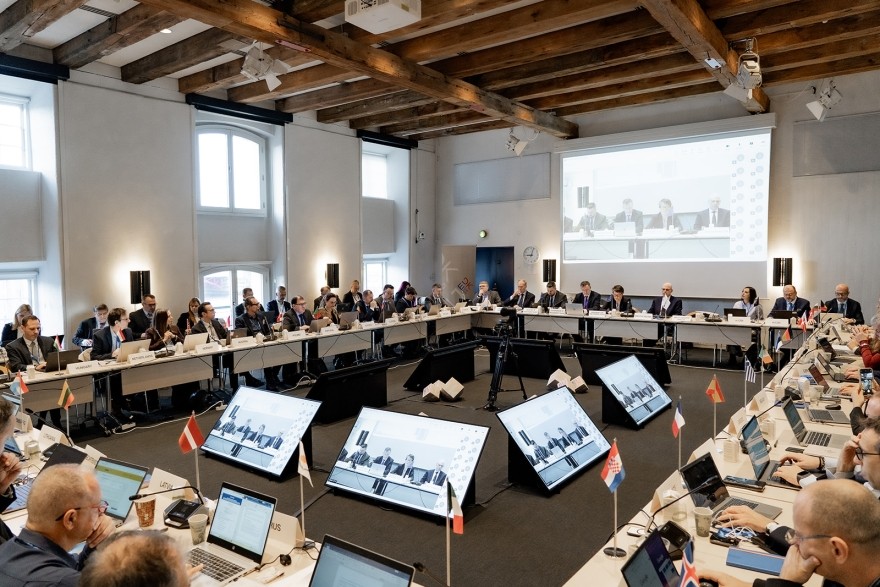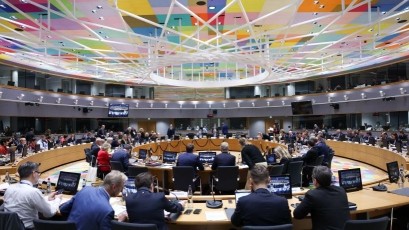Actions

The Management Board of eu-LISA met on 19–20 November 2025 in Copenhagen to review the Agency’s activities, assess progress across its operational portfolio and discuss priorities for the period ahead.
The meeting was opened on behalf of the Danish Presidency of the Council of the European Union by Ms Pernille Breinholdt Mikkelsen, Permanent Secretary of the Danish Ministry of Immigration and Integration.
The Management Board — composed of representatives of all EU Member States, the European Commission and associated Schengen countries — is responsible for guiding the strategic direction of the Agency and overseeing the implementation of its operational objectives. The Copenhagen session also brought together observers and institutional partners from across the Justice and Home Affairs community.
The meeting also marked the first appearance of Mr Tillmann Keber as eu-LISA’s new Executive Director.
Board Reviews EES Progress and Adopts Revised Interoperability Roadmap
The Management Board took stock of the Entry/Exit System (EES), which progressively started operations on 12 October 2025, marking the beginning of its roll-out across Europe. Member States are gradually connecting their national border infrastructures to the central system, with the full start of operations of all EES functionalities expected by April 2026.
The Board commended the extensive joint efforts driving this complex process and noted the steady progress towards strengthening the EU’s border management architecture. It also discussed the next steps towards the launch of ETIAS and other systems that form part of the EU’s integrated border management framework.
Comprehensive updates were presented on the implementation of all large-scale IT systems under eu-LISA’s remit — including EES, ETIAS, ECRIS-TCN, Eurodac, SIS, VIS and the EU Visa Application Platform (EU VAP) — as well as on the development of Interoperability components and the Interoperability Roadmap (2027–2028). The Board adopted the roadmap for the period 2027-2028 and requested the Agency to submit it to the Council of the European Union for endorsement.
In the Justice domain, members reviewed progress on e-CODEX and the Joint Investigation Teams Collaboration Platform (JITs CP), and received updates on initiatives such as the Screening Regulations, Prüm II router, and API-PNR router.
Board Discusses Strategic Planning
Members reviewed the implementation of the Agency’s Single Programming Document (SPD) 2025–2027, including the execution and forecast of the 2025 budget.
One of the highlights of the meeting was the adoption of the Single Programming Document (SPD) 2026–2028, including the 2026 budget. The document presents in detail all the activities of the agency planned for the upcoming year.
A new set Corporate Key Performance Indicators (KPIs) were endorsed by the Board to support continued monitoring of performance and impact of the Agency.
Further discussions covered the evaluation of eu-LISA, the Study on the Agency’s Operational Management and its action plan, the Sourcing Strategy, and an update from the European Commission on legislative proposals relevant to the Agency’s operations.
Board Reviews Governance, Security and Infrastructure Updates
The Board examined the Report of the Internal Audit Capability, including the status of audit recommendations and adopted the Internal Audit Plan for 2026. The Security Officer provided an update on eu-LISA’s overall security posture and recent developments in this area.
Finally, members were briefed on the Agency’s building projects, including the completion of the Aspire Building in Strasbourg and other infrastructure developments supporting eu-LISA’s expanding operational capacity.










